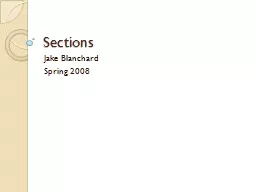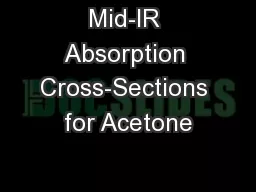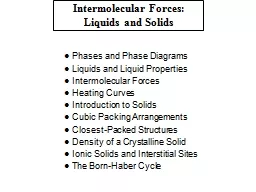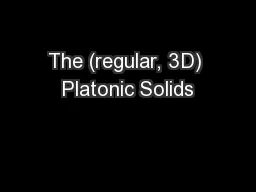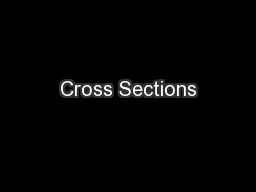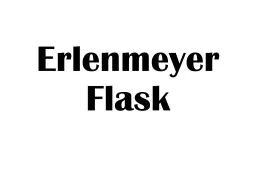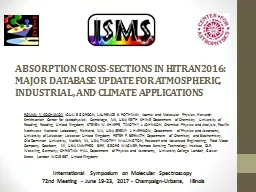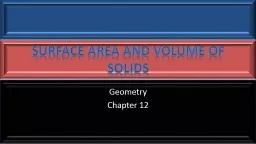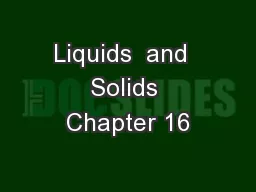PPT-Volumes of Solids with Known Cross Sections
Author : winnie | Published Date : 2022-06-15
Ms Battaglia AP Calculus Write an equation to give the area of each shape Square Equilateral Triangle Rectangle that is three times Isosceles Triangle that is twice
Presentation Embed Code
Download Presentation
Download Presentation The PPT/PDF document "Volumes of Solids with Known Cross Secti..." is the property of its rightful owner. Permission is granted to download and print the materials on this website for personal, non-commercial use only, and to display it on your personal computer provided you do not modify the materials and that you retain all copyright notices contained in the materials. By downloading content from our website, you accept the terms of this agreement.
Volumes of Solids with Known Cross Sections: Transcript
Download Rules Of Document
"Volumes of Solids with Known Cross Sections"The content belongs to its owner. You may download and print it for personal use, without modification, and keep all copyright notices. By downloading, you agree to these terms.
Related Documents


